Linnuk

This song combines two melodies that could once be heard on Estonian meadows. The first is a swing song from Muhu and the second a herding call from Karksi.
In the old days, there were no parties for young people like we have nowadays. Instead, the young people "went on a swing" on Sunday evenings or during the holidays. This meant swinging on a village swing built on the village square near a moat, a woodland area, or on a hill, with great views of the surroundings. The girls were mostly on the swing whereas the boys were rocking it.
Singing was an integral part of the swinging process, you just could not do without:
"If there were no voices singing on the swing, there was no pleasure to it."
The girls mostly sang about their lives, longings, courtships, etc. Estonia has been very rich in swing songs and many of them have been transcribed. It is possible to read more about swing songs in Herbert Tampere's collection "Estonian Traditional Songs with Melodies II".
The melody used in Linnuk’s version has been sung by Madis Küla-Nurmik (1890-1969), a prominent teacher and children's writer from the village of Rebas(e)kivi on the island of Muhu. Since Madis Küla-Nurmik who passed on this particular melody, had been living in Haapsalu since 1913, he probably learned it in his childhood (ca 1900-1910). A short biography of Madis Küla-Nurmik can be found in geni.com.

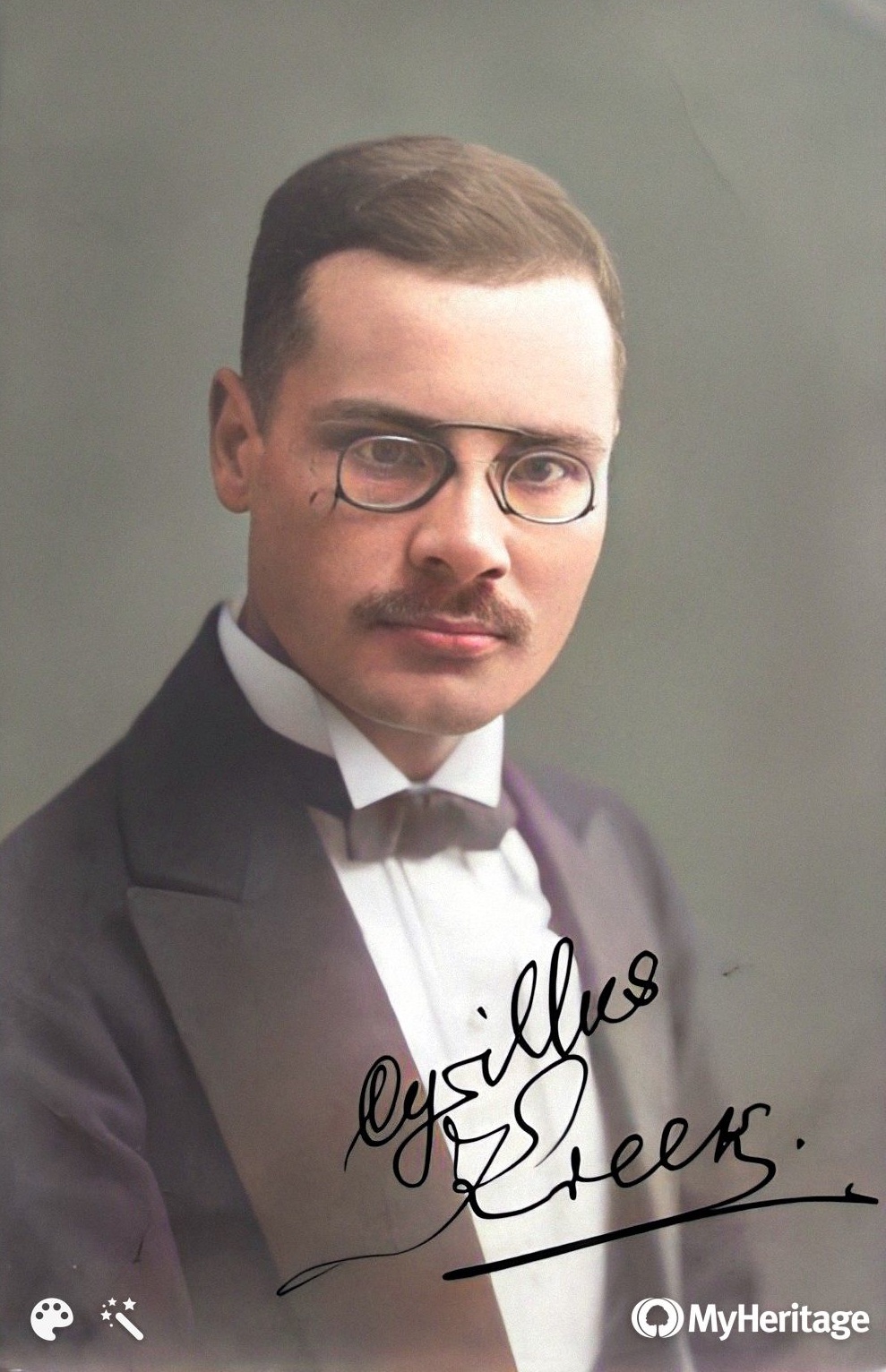
The song sung by Madis Küla-Nurmik was transcribed by Cyrillus Kreek (1889-1962) between 1921 and 1932. Kreek was one of the top experts on traditional songs from Lääne County as well as their biggest collector in addition to being one of the most prolific Estonian composers, a choral director and a teacher.
At that time, Kreek worked as a singing teacher at the Lääne County Teachers' Seminary (LÕS, a high school-type educational institution in a modern context), in addition to leading the local music group, mixed choir, teaching the piano and wind instruments. Both men lived and worked in Haapsalu at that time and were good family acquaintances.
The sheet music of this swing song can be found in the collection of traditional songs of the Estonian Theatre and Music Museum and is published under the name "Kitsas kiik" (The Narrow Swing) in Estonian Traditional Songs with Melodies, II volume pages 134-135 (no. 18).

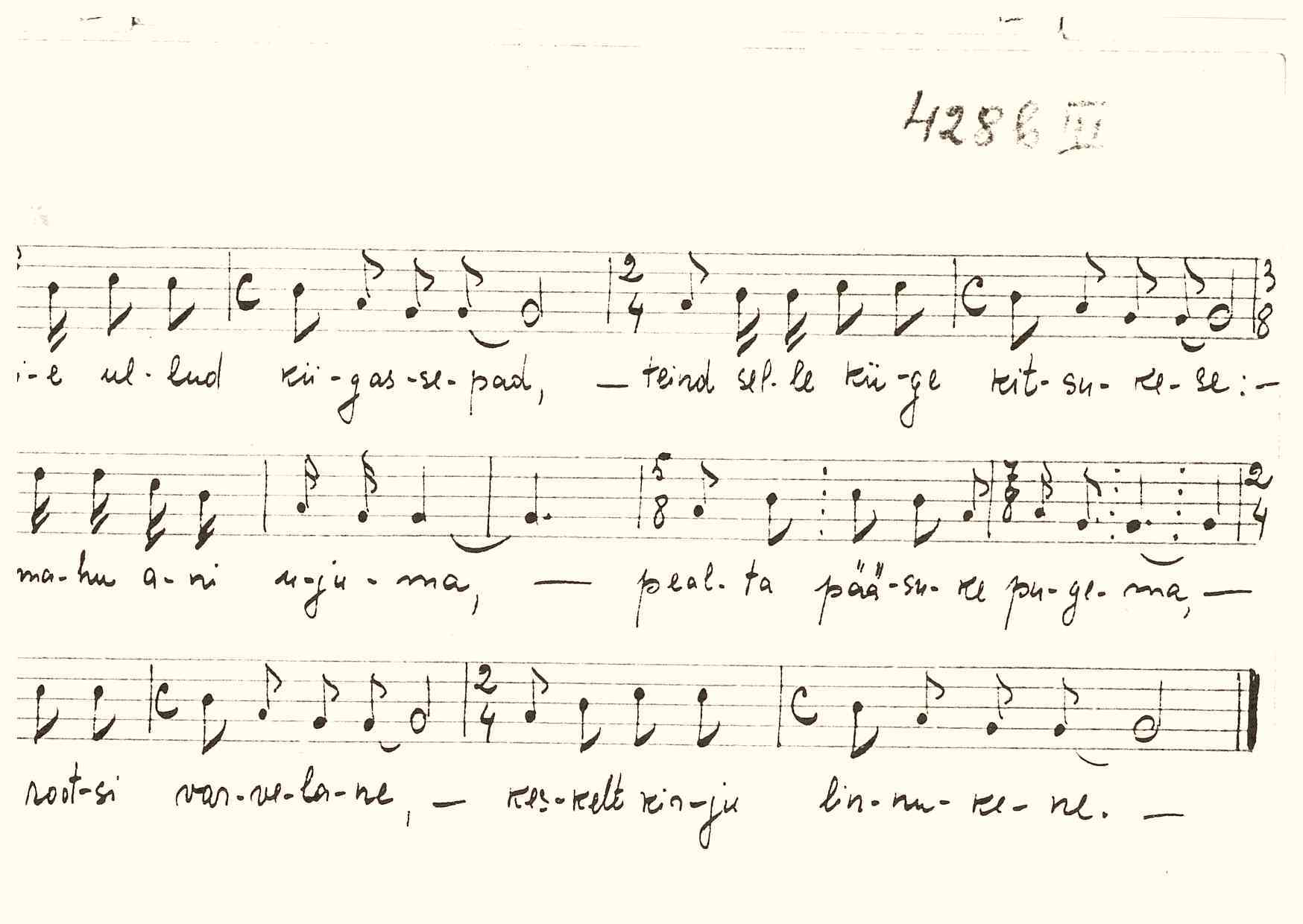
The composer Veljo Tormis has used the same "Narrow Swing" as the first motif in his suite of swing songs, of which there are many recordings by different ensembles.
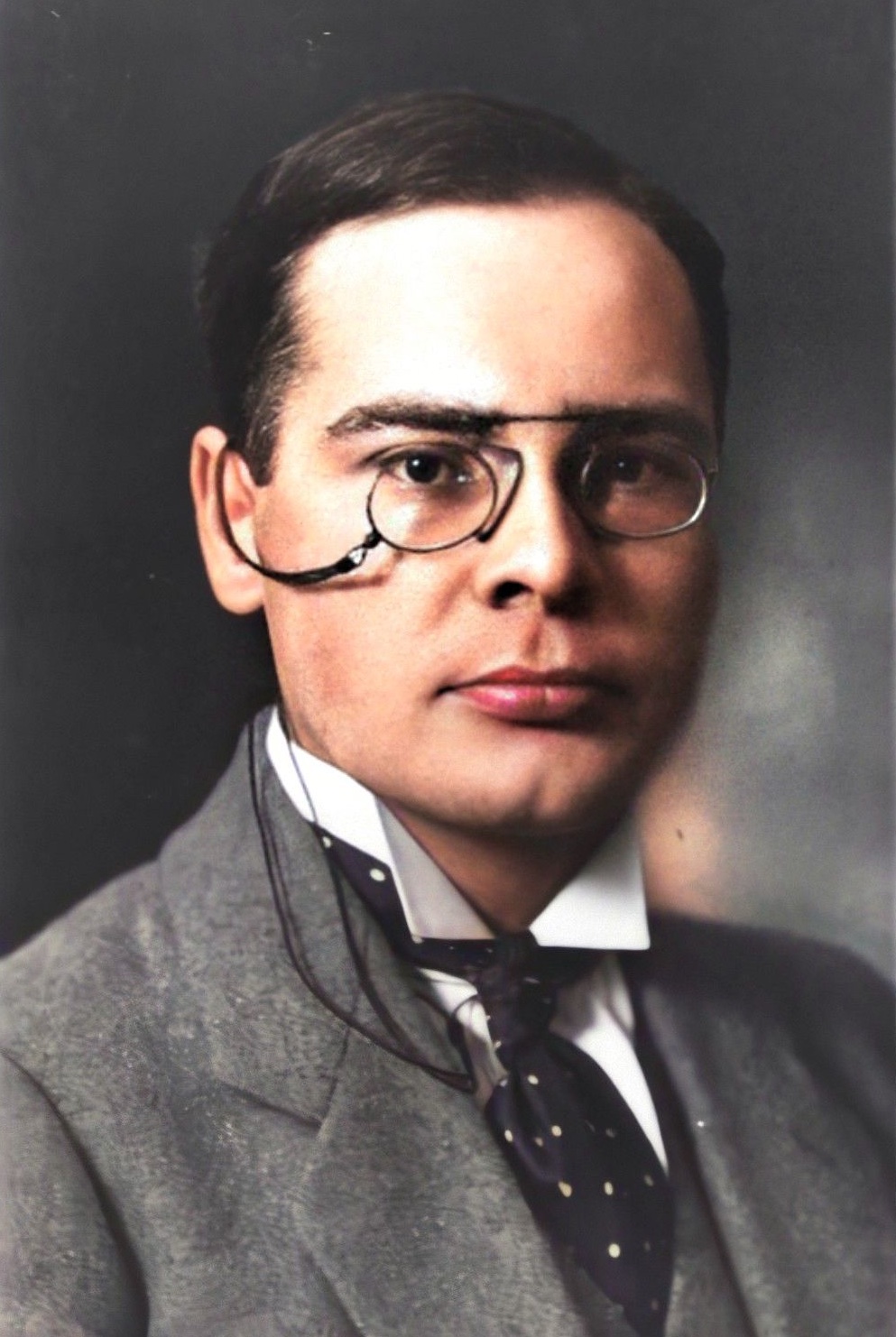
Cyrillus Kreek was the last (and also the youngest) outstanding Estonian composer to receive his education at the St. Petersburg Conservatory. He was the first to use, among other things, a phonograph to collect Estonian traditional melodies (i.e. the recorded sound has been preserved). However, no recording of this particular song is known to have been made. You can read more about Kreek and his collecting trip in Anu Vissel’s article. Kreek was the first Estonian composer to preserve the traditional melody in his compositions in a completely unchanged form - a principle that was later followed by Veljo Tormis.
Although Kreek was an extremely prolific and interesting composer, his work, based mainly on spiritual traditional songs and runic verses (which he had largely collected himself), was ostracized during the Soviet era, which led to very little publishing and performance of his compositions. His music and its true value were only discovered decades after his death. For example, in 2001, musicologist Anu Kõlar discovered hundreds of unpublished manuscripts of Kreek’s works in the Estonian Theatre and Music Museum, where the Kreek archives are located. Anu Kõlar has thoroughly discussed Kreek's life and work in her dissertation. Anne Metsala, the niece of Kreek's first wife, who had received her first musical insights directly from Kreek, was Sulev Reisberg’s solfeggio teacher.
Kreek was active both as a collector as well as a user of traditional music - he did so consistently while working at the Lääne County Teachers' Seminary. A quote from Anu Kõlar's dissertation: "Almost all of Kreek's lessons included traditional songs, sometimes instrumental pieces, which probably created a kind of permanent traditional music environment for the students and were likely to significantly influence the development of their musical values and understandings. After repeatedly explaining to students the importance of traditional music and the need to record it, Kreek consistently asked them to sing the traditional songs of their home region. He paid particular interest to whether anyone knew church songs sung on traditional melodies, instead of the known church melodies. Therefore, the students had to sing the songs they already knew or had learned during the holidays, after which the teacher decided whether to record them or to leave them aside. According to this principle, Kreek had listened to about 25,000 songs in the Lääne County Teachers' Seminary in ten years. /.../ The 1,312 melodies of the traditional music collection of the Lääne County Teachers' Seminary, composed through students, were systematized by Kreek by parishes."
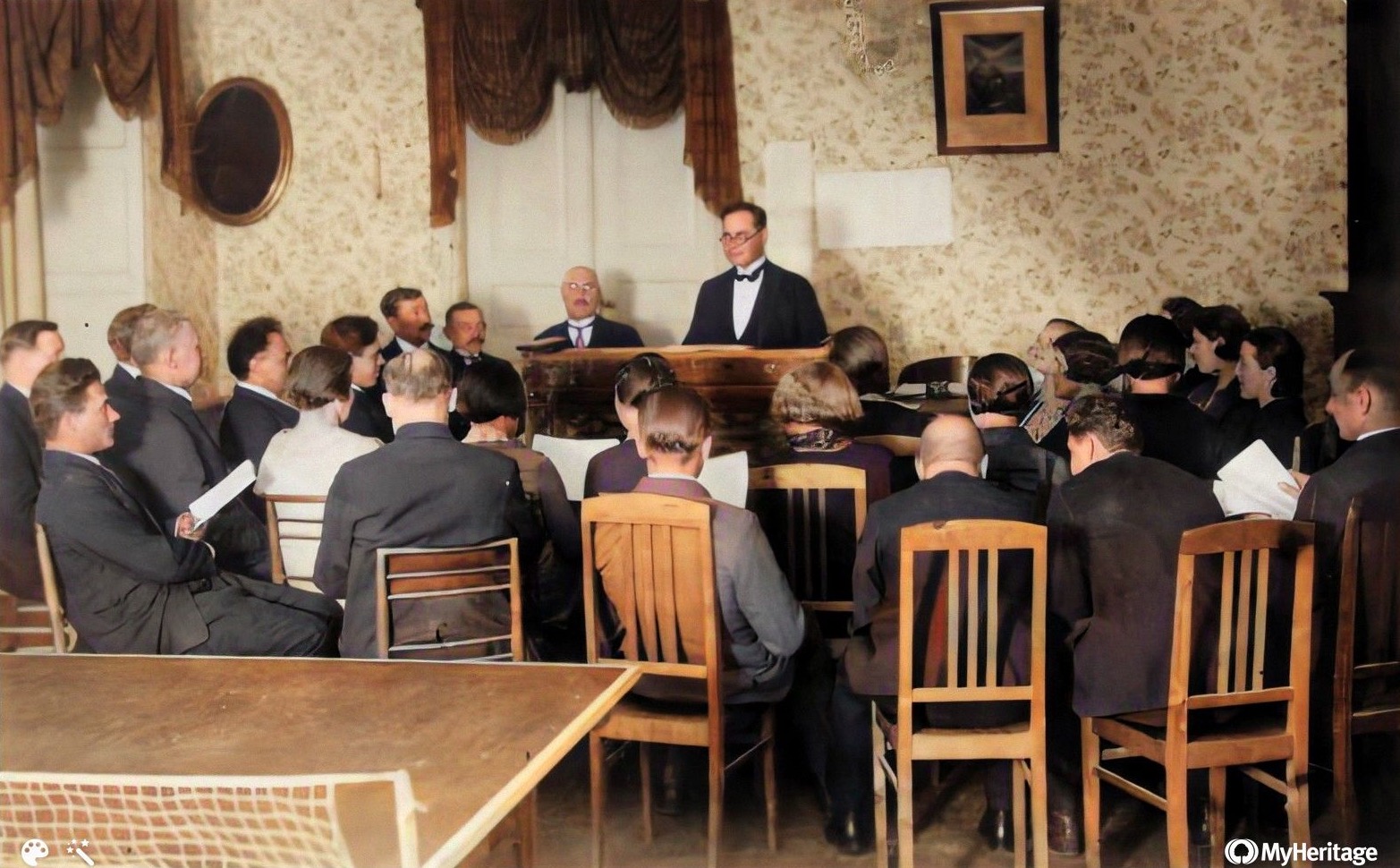
Kreek's masterpiece is considered to be Estonia's first requiem. Kreek's most famous choral songs include "Mu süda ärka üles" (My Heart Wake Up) and "Maga, maga, Matsikene" (Sleep, Sleep, Little Mats). Listen to these songs performed by the chamber choir "Head ööd, vend":
Musicologist Tiia Järg has compiled an exciting four-part series about the life and compositions of Cyrillus Kreek for Klassikaraadio, in 2009 (in Estonian):
In addition to swing songs, herding calls could also be heard on the meadows. In the old days, children took on the roles of herdsboys and herdsgirls. It was hard work that started early in the morning and lasted all day in any weather conditions. Both as a pastime and for entertainment, either alone or for calling other herdsboys, melodic calls such as hella, ella or õe were sung to each other, which over time also developed into longer melodies called helletus. These calls were usually exclaimed in the morning and in the evening, when the voice rang out distinctly in the clear air, so that the herdsboys and girls could answer each other.
Folklore researcher Anu Vissel talks more about herding songs in the programme "Esivanemate vaimuvara" (Ancestral Intellectual Heritage, 1990):
The herding call used in "Hella" was originally sung by 12-year-old Johann or Johannes Kull from Karksi parish, Polli municipality, Peraküla (now Lilli village in Mulgi municipality, right on the Estonian-Latvian border). The melody and words were transcribed during an outing to collect traditional songs in 1910 by medical students Jaan Sossi, and Peeter Tatz (later Avarsoo) who went on to become a well-known doctor in Elva. In the description of the trip, it is said that the catch was very mediocre, because only those who were over 60 years old were left with the knowledge of runic verses, while more modern songs were spreading among the younger people and everyone had an urge to learn choral songs instead. The youngest from whom the tune was transcribed during the collection trip was the 12-year-old Johannes Kull from Tatz's home region.
The exact identity of Johannes Kull is not entirely clear, but if he is the same person as in the geni.com database, he died in the war in Austria a few years later (1916). Jaan Sossi had died tragically earlier, in 1914. Two weeks after graduating from university, he was diagnosed with cancer and died just a few days later.
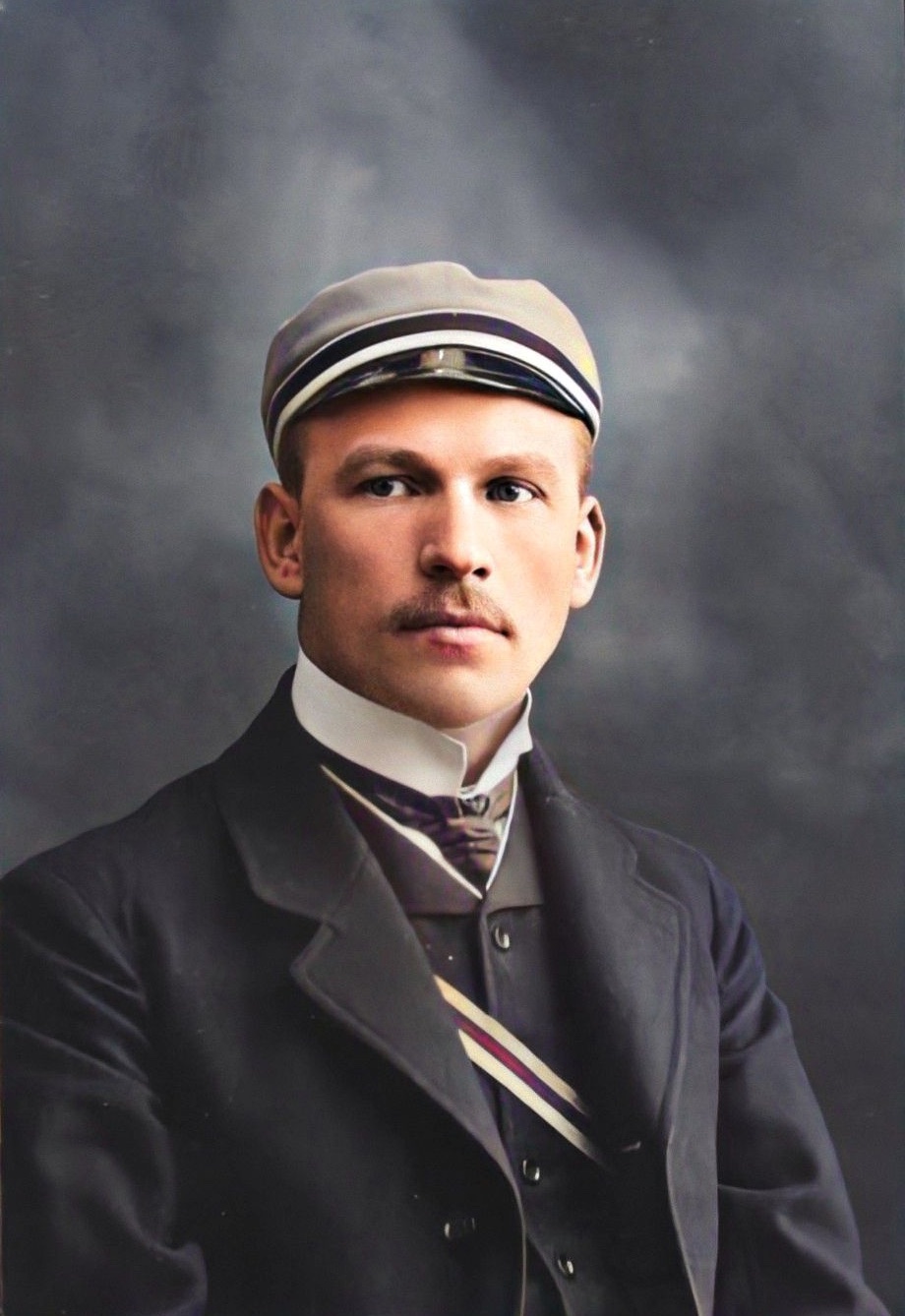
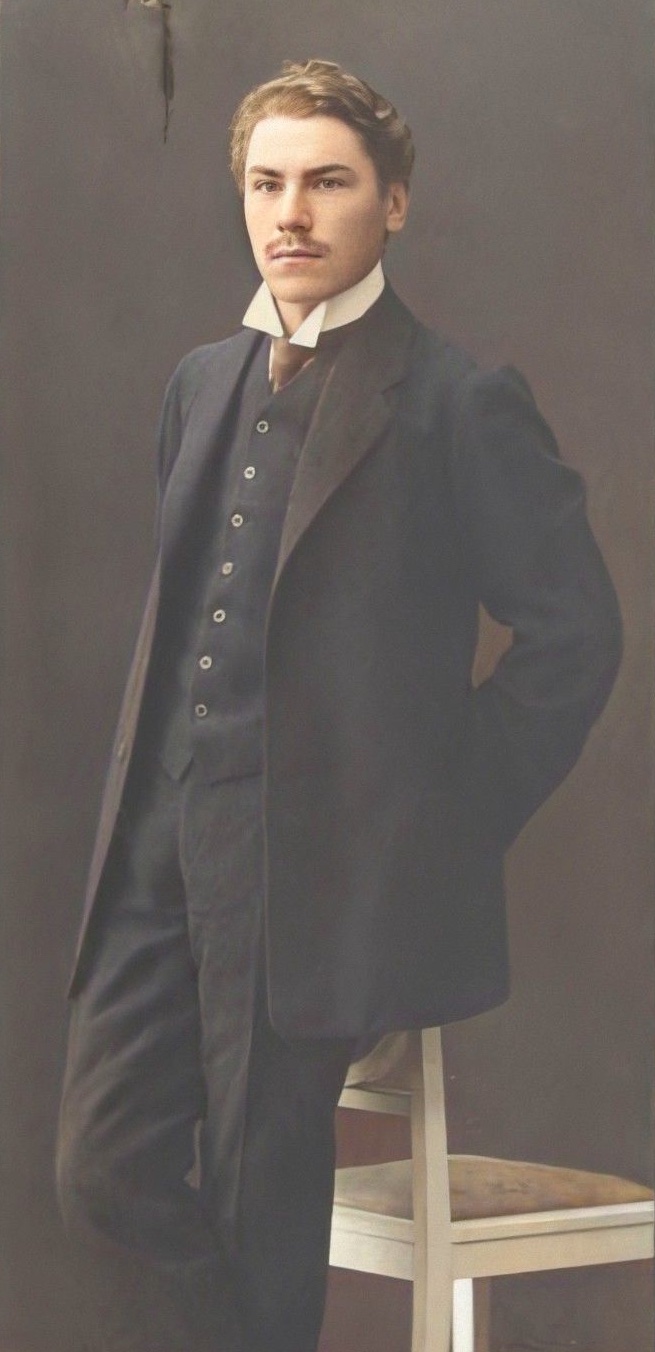
The sheet music transcribed during the collection trip can be found in the archives of the Folklore Collection of the Estonian Literary Museum, reference EÜS VII 2721 (46) and was published in 1935 in Herbert Tampere’s Anthology of Estonian Traditional Songs, part I (C. Karjaselaulud (herding songs), no. 6, reprint 1999).
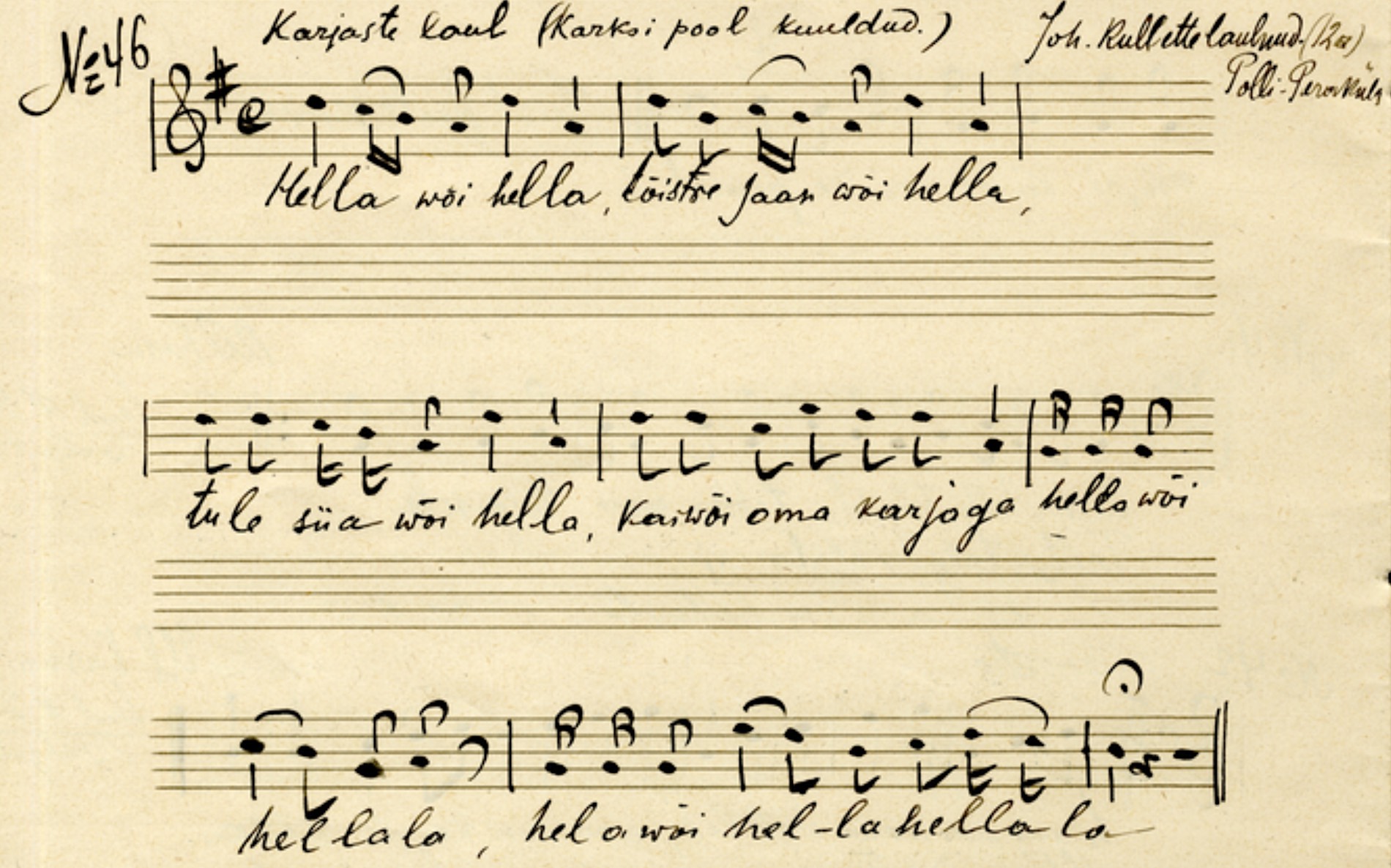
Estonian composers and ensembles have made extensive use of herding calls in their arrangements. For example, the composer Veljo Tormis has used them in his works.
"Elletuse" (originally "Helletused") is the name of an ensemble and their repertoire together with Liisi Koikson also includes a song called "Ella" (on the album "Helletused", 2007). It is very similar to the melody used by Linnuk originating from the same Karksi area but uses other words. It was transcribed and recorded 50 years later (1960), published in Tampere’s Anthology of Estonian Traditional Music.
Riffarica has also a song called Helletused:
To our knowledge, this particular version of Johannes Kull's herding call has not been arranged before.
Our version, a combination of these two songs, took quite a long time to be completed. The first version, where we used only the melody of the herding call, was finalised in June 2019, but sounded also radically different from the final version. In February 2020, the idea to combine it with a swing song arose. Therefore, we removed the last part of the herding call motive and the song got its final structure by the end of 2020.

Performed by:
Helen Saarniit (vocals)
Sulev Reisberg (vocals, instrumentals)
Arrangement/mix:
Sulev Reisberg
Advice:
Ülle Sirkas
Mastering:
Allan Kasuk
Released in:
2022
Research by:
Sulev Reisberg
Translation by:
Helen Saarniit